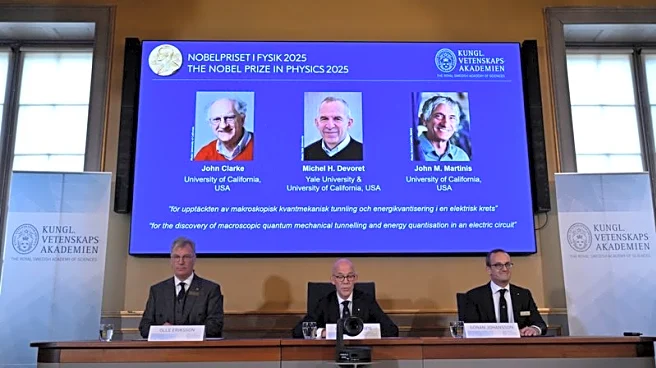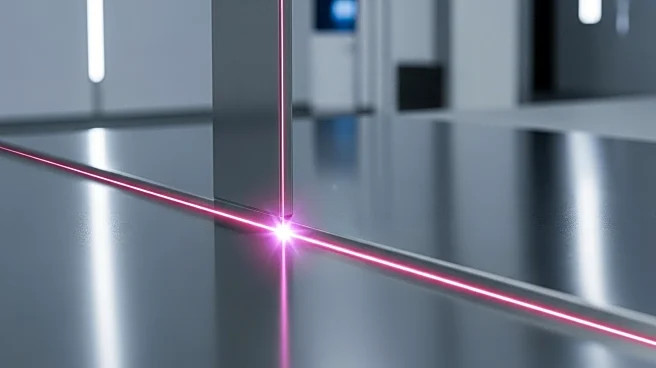What's Happening?
A new study has developed a hybrid fuzzy neural network model to improve the accuracy of predicting hardness properties in high-performance concrete (HPC). This model combines fuzzy logic, machine learning, and chaos-based optimization to address the challenges of evaluating HPC's complex properties. HPC is valued for its mechanical properties, making it essential for seismic construction and infrastructure projects. However, predicting its properties has been difficult due to its intricate composition. The study's model integrates fuzzy logic with machine learning techniques, optimizing parameters using chaos game optimization.
Why It's Important?
Accurate predictions of HPC properties are crucial for engineers working on modern infrastructure projects. The study's model offers a practical solution for evaluating HPC's complex properties, improving reliability and efficiency in material design. This advancement can lead to more resilient and durable structures, benefiting the construction industry and enhancing public safety in earthquake-prone regions.
What's Next?
The study's findings highlight the potential for flexible, data-aware modeling in construction. Engineers and researchers can leverage this approach to improve material design and infrastructure planning. The model's ability to handle uncertainty and capture nonlinear dependencies makes it a valuable tool for future projects.
Beyond the Headlines
The study's approach to modeling HPC properties addresses real-world complexities, offering a more reliable solution for construction professionals. By incorporating fuzzy logic and chaos-based optimization, the model provides a comprehensive framework for understanding HPC's behavior, paving the way for innovative construction practices.











